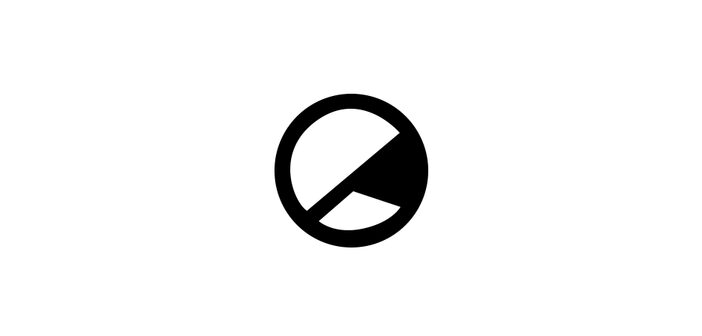Seeing our most beloved fictional characters illustrated on the page or canvas is no surprise to us. Quentin Blake, Aubrey Beardsley, and George Cruikshank are among the most well-known illustrators in Britain, depicting beloved stories such as Oliver Twist, Salomé, and more contemporary children’s favourites like Matilda. Stretching even further back, most of us are familiar with classical paintings of Ophelia and the Lady of Shalott. Nymphs, heroes, and deities from Greek, Roman, and Norse mythology are classics as well.
But since we no longer live in a world where artistic creation is strictly reserved for the wealthiest among us, anyone with a DeviantArt account can take the image of fictional characters into their own hands. Social media has democratised the representation of the characters we know and love. Much like the effect of fanfiction, the audience now has the opportunity to push back against the original author and their descriptions of their characters. This is especially evident when we consider casting in film, even more so when the actor does not fit the audience’s perception of the character.
Hopefully, this is the first and last time I write about this but the discourses surrounding Harry Potter were perfectly reflective of how we respond to the depiction of literary characters. We all remember Emma Watson’s role as Hermione Granger for all eight films in the franchise. When Harry Potter and The Cursed Child reached the West End, some… Potterheads… were outraged at the casting of Noma Dumezweni as Hermione, as apparently, she is written as a white character in the books. As a response, many clarified that even in the books, there doesn’t seem to be any specific mention of her skin colour, only a reference to her “frizzy hair”, and one instance where she turned “white with fear”, so throughout seven books, she isn’t really coded as any particular ethnicity. However, this whole controversy revealed two things: 1) people’s perception of a fictional character was subverted which caused great upset (without much justification) and 2) casting and artistic depiction betrays our bias’s blind spots when we imagine our favourite characters.
Our access to art has skyrocketed since the 19th century too. Having access to the internet means that many of us have seen famous paintings without having to visit the museums they are kept in. We have more to read and analyse than we can fathom. An endless supply of film and television is at our fingertips or a cheap subscription. In my mind, this means we can become more familiar with the tropes that we now call into question: the goblin bankers with big noses with a fixation for gold, the submissive Asian woman who turns out to be duplicitous, the Eastern European people found to be corrupt (yes, all these are in Harry Potter).
On the flip side, our ability to share our work with a large audience without having to hire venues and spend an obscene amount on materials (digital art) means that the audience can now have their own say regarding the appearance of their favourite fictional characters. Genderbending, the adding of animalistic features (wings, horns, etc.), and hyperrealistic illustrations of cartoons are all very well-known examples of how the audience express their own newfound ability to contribute to the perceived appearance of literary characters. This may seem like a frivolous hobby or a teenager who spends too much time alone in their room getting carried away in an alternate universe, but this newfound power has the potential to subvert the way we view representation on the internet. This would mean that more so than ever, the presentation of fictional characters are not all down to the author or illustrator.



